Volunteer recorders are helping the Wildlife Trust monitor Delemere’s rare population of White-faced Darter. To get involved contact Cheshire Wildlife Trust t: 01948820729 e:info@cheshirewt.org.uk
Find out more on the Cheshire Wildlife Trust website.
White-faced Darter is a specialist of lowland peatbogs, and spends most of its life as aquatic larvae living in deep bog pools. Unfortunately, lowland peatbogs in England have experienced decades of decline as a result of human activity, including drainage to create farmland, as well as the planting of commercial forests. As peatbogs disappeared, so did the White-faced Darter, until only a handful of their original sites remained, and the species became one of the UK’s rarest dragonflies. White-faced Darter were absent from Cheshire for over a decade, until Cheshire Wildlife Trust developed an ambitious project to help bring the species back.
Delamere forest is the largest woodland area in Cheshire; however, the forest also contains remnants of species-rich bog habitat. Historic records show that White-faced Darter used to breed in Delamere but disappeared as the wetlands were lost. In partnership with the Forestry Commission, the Cheshire Wildlife Trust has been working to reinstate these important areas of wetland in order to make Delamere a home for the White-faced Darter once more.
This project is being supported by the British Dragonfly Society and has been largely carried out by hardworking volunteers, who have been performing practical habitat management, survey work and community engagement.
Project timeline
2013
- Cheshire Wildlife Trust receives funding from Natural England and Linley Shaw Foundation to carry out a re-introduction project.
- 100 larvae and 120 litres of Sphagnum Moss (containing eggs) translocated to Doolittle pool, Delamere, from donor sites at Fen’s and Whixall Moss, Shropshire, and Chartley Moss, Staffordshire.
- 4 White-faced Darter exuviae (larval skins left behind when an adult dragonfly emerges) found during survey work.
- 4 White-faced Darter adults counted during survey work.
- Liverpool student research project looks at exuviae collected at both donor sites. Discovers significant difference in the size of exuviae from each population, which could be caused by genetic differences or differences in environmental conditions during larval development.
2014
- 100 larvae and 120 litres of Sphagnum Moss (containing eggs) translocated to Doolittle pool, Delamere, from donor sites at Fen’s and Whixall Moss, Shropshire, and Chartley Moss, Staffordshire.
- 28 White-faced Darter exuviae found during survey work.
- 4 White-faced Darter adults counted during survey work.
2015
- 150 larvae and 120 litres of Sphagnum Moss (containing eggs) translocated to Doolittle pool, Delamere, from donor sites at Fen’s and Whixall Moss, Shropshire, and Chartley Moss, Staffordshire.
- 18 White-faced Darter exuviae found during survey work.
- 6 White-faced Darter adults counted during survey work.
2016
- 200 larvae and 120 litres of Sphagnum Moss (containing eggs) translocated to Doolittle pool, Delamere, from donor sites at Fen’s and Whixall Moss, Shropshire, and Chartley Moss, Staffordshire.
- 51 White-faced Darter exuviae found during survey work.
- 7 White-faced Darter adults counted during survey work.
2017
- 14 White-faced Darter exuviae found during survey work, this is representative of previous years as a transect approach was developed.
- 8 White-faced Darter adults counted during survey work.
2018
- 19 White-faced Darter exuviae found during survey work. Using the transect approach established in 2017.
- 7 White-faced Darter adults counted during survey work.
2019
- Used the transect approach established in 2017.
- 5 White-faced Darter exuviae found during survey work.
- 5 White-faced Darter adults and 1 emerging adult counted during survey work.
- Poor weather conditions during the main emergence period thought to be at least partly responsible for low counts. However, the 2019 emergent adults are the second generation of Delemere-bred White-faced Darters, indicating the wetland now supports a breeding population.
2020
- Used the transect approach established in 2017. 7 exuviae searches took place between 27 April to 01 June 2020
- Of the 7 searches 5 proved successful with a total of 15 White-Faced exuviae and 46 other exuviae being recovered.
- Although a limited number of surveys were carried out the number of exuviae recovered was positive, likely a result of good weather conditions.
- Two male white-faced darters (and a possible female ovipositing) were reported on Black Lake.
2021
- Weather conditions through May and June 2021 were very poor for dragonfly emergence.
- Doolittle Moss: Used the transect approach established in 2017. A second bankside survey was also carried. In total 9 exuviae searches took place.
- B09 (nearby basin): Monitoring of B09 commenced; 4 exuviae were found.
Title image by Donald Judge.
